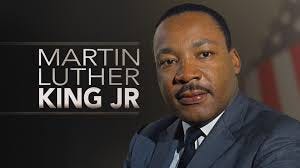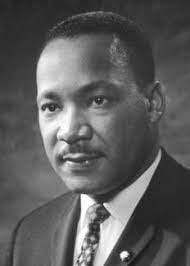The African-American movement unfolded from the period 1917 to 1988, constructed on the economic foundation established by black urbanization. It was by far the most advanced movement, in theory and practice, of the various democratic movements forged by the peoples of the United States. It was initiated on the basis of the black migration to the urban North during World War I; its final expression was the second presidential campaign of Jesse Jackson.
The movement formulated four theoretical-practical conceptualizations: economic self-help, which focused on the black capacity for attainment in business and education, in spite of the obstacles imposed; black empowerment through local community organization, especially black control of the institutions of the black community; the attainment of equal protection with respect to political, civil, and socioeconomic rights through litigation and mass action; and the transformation of the an…



